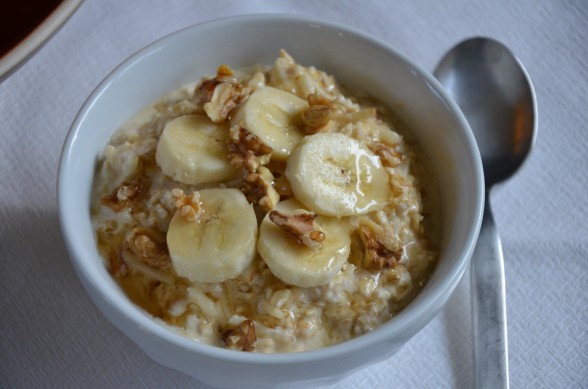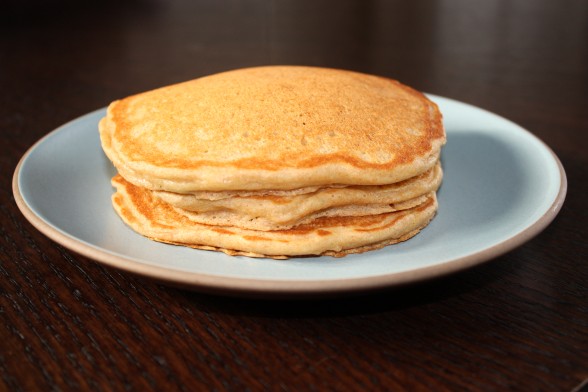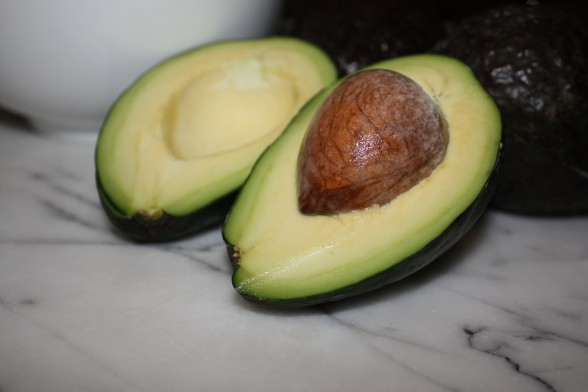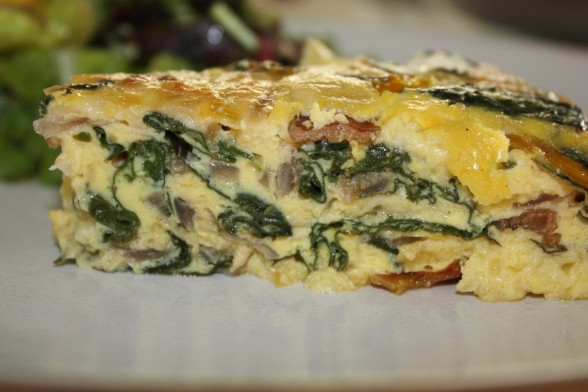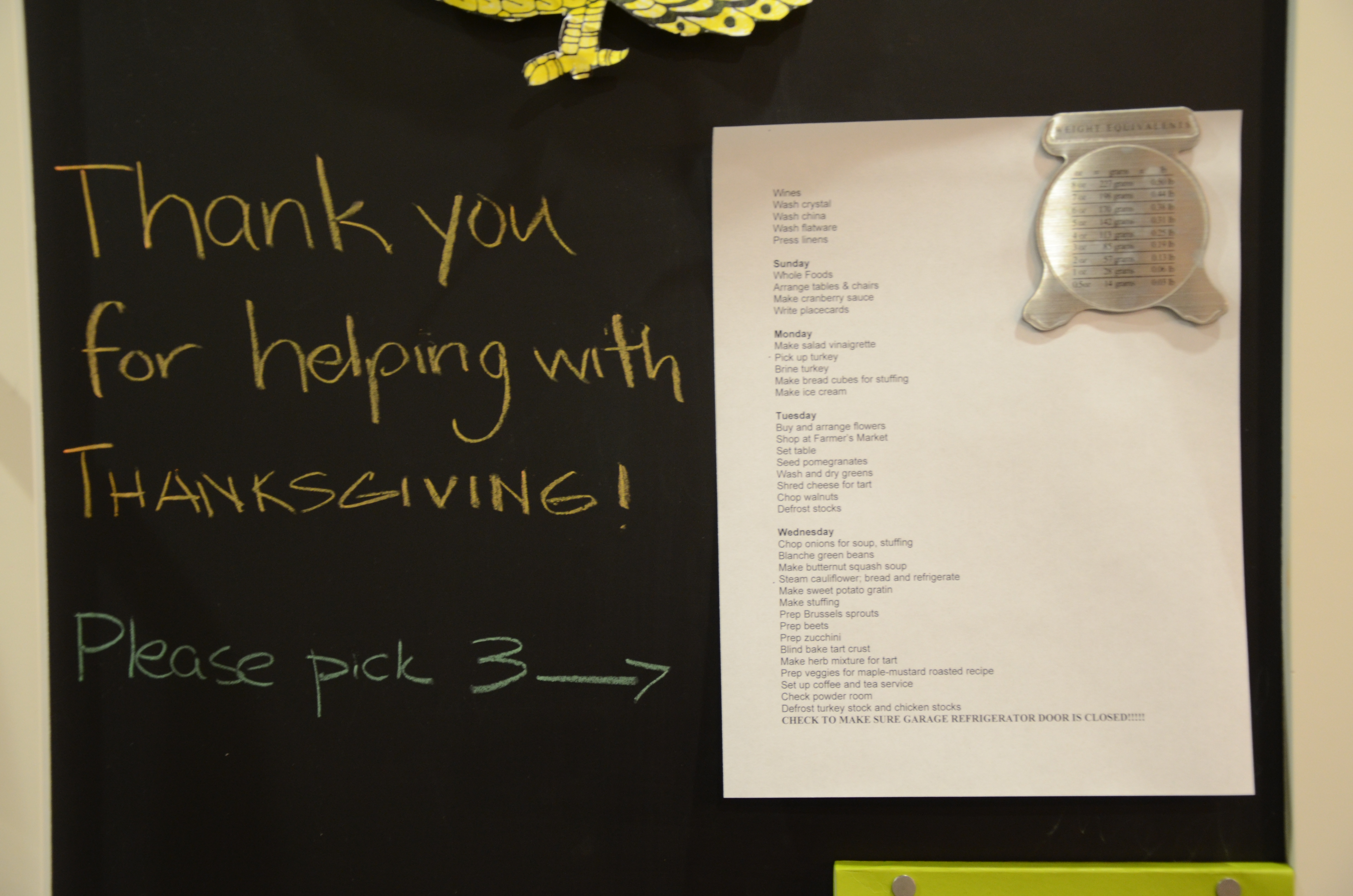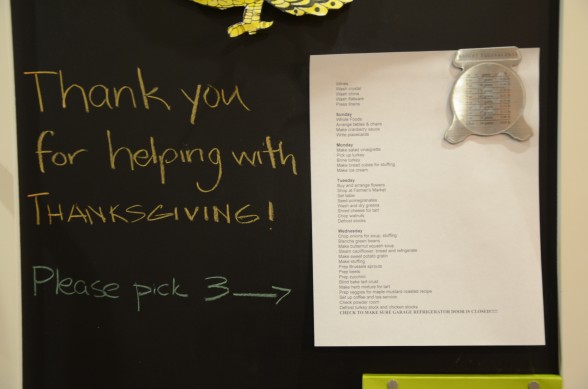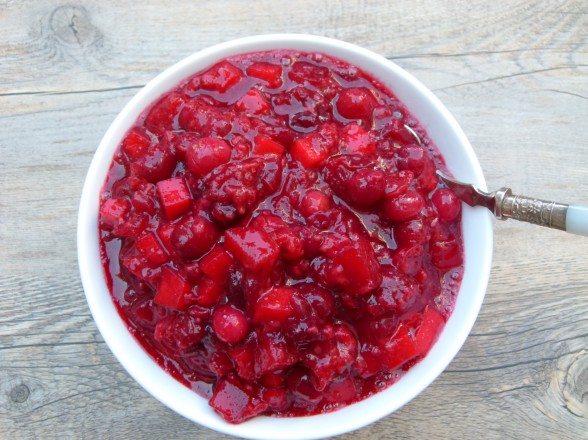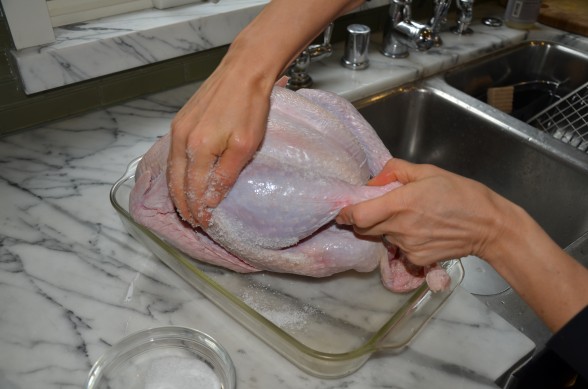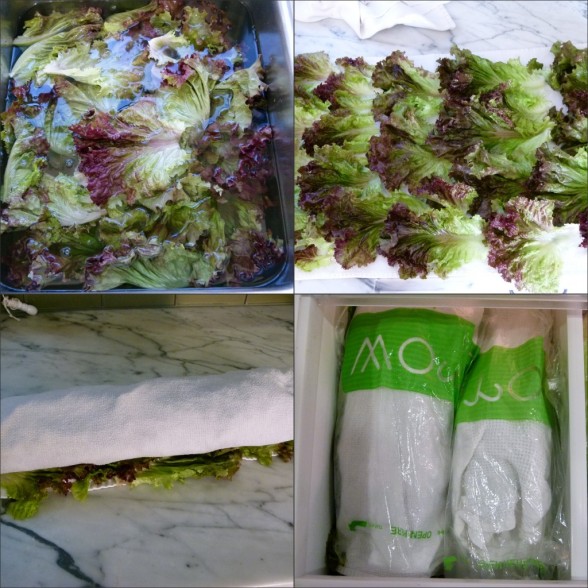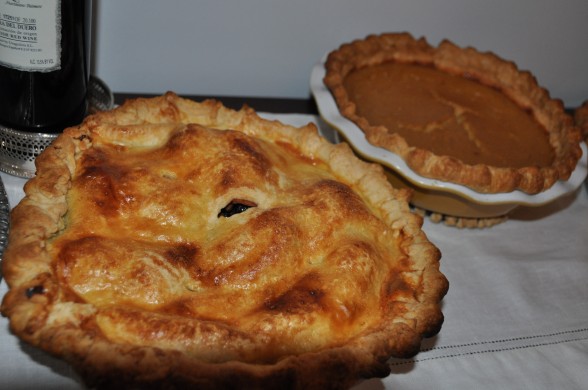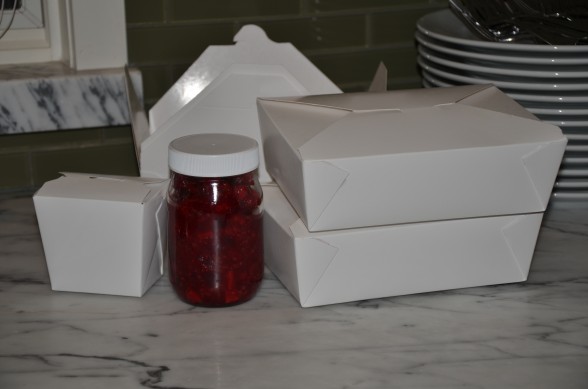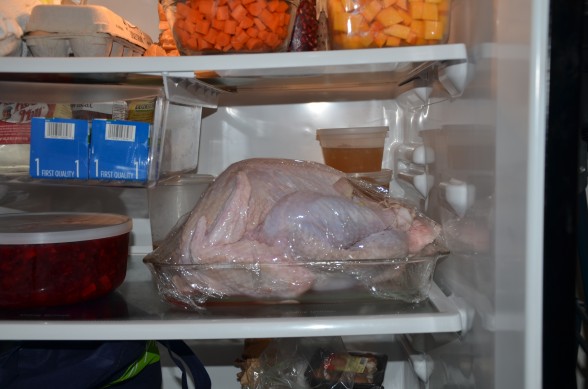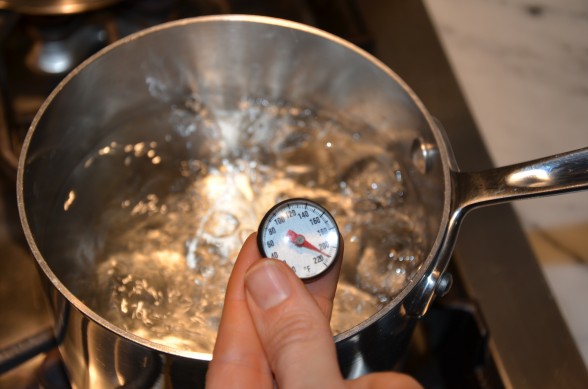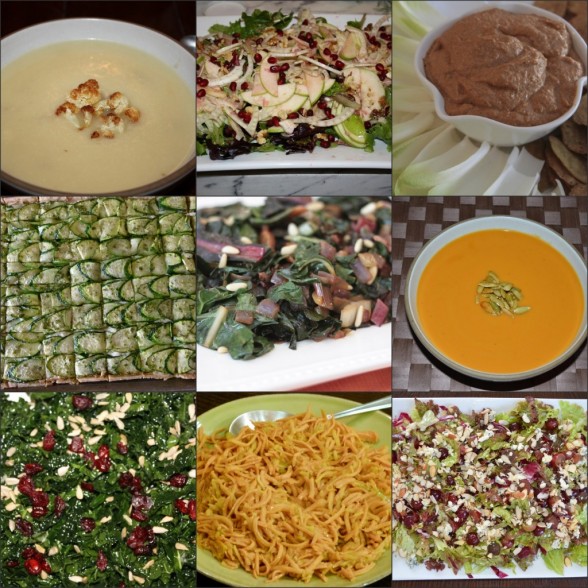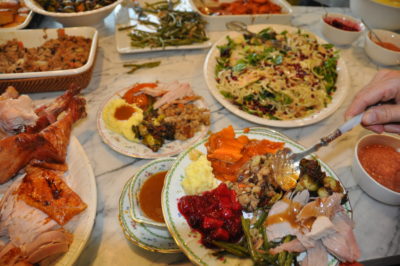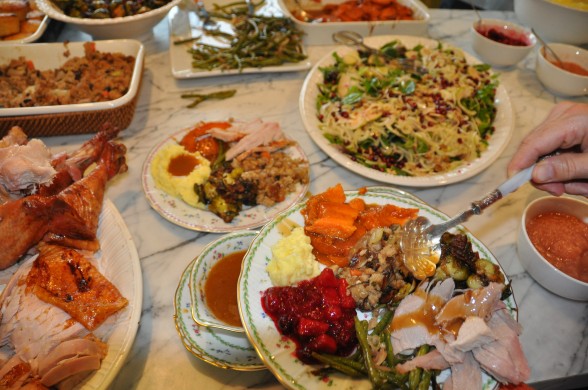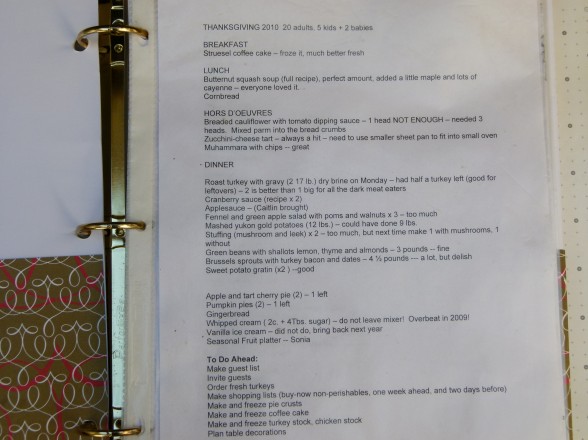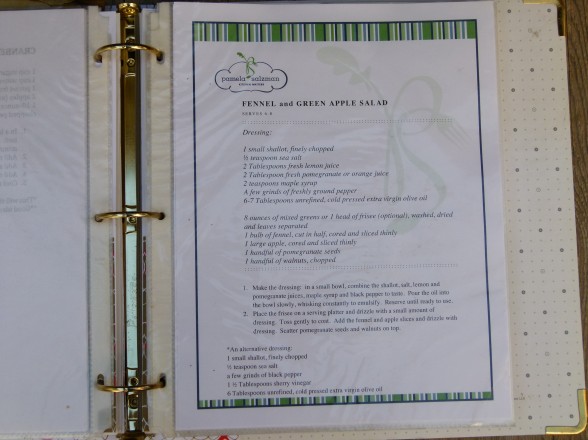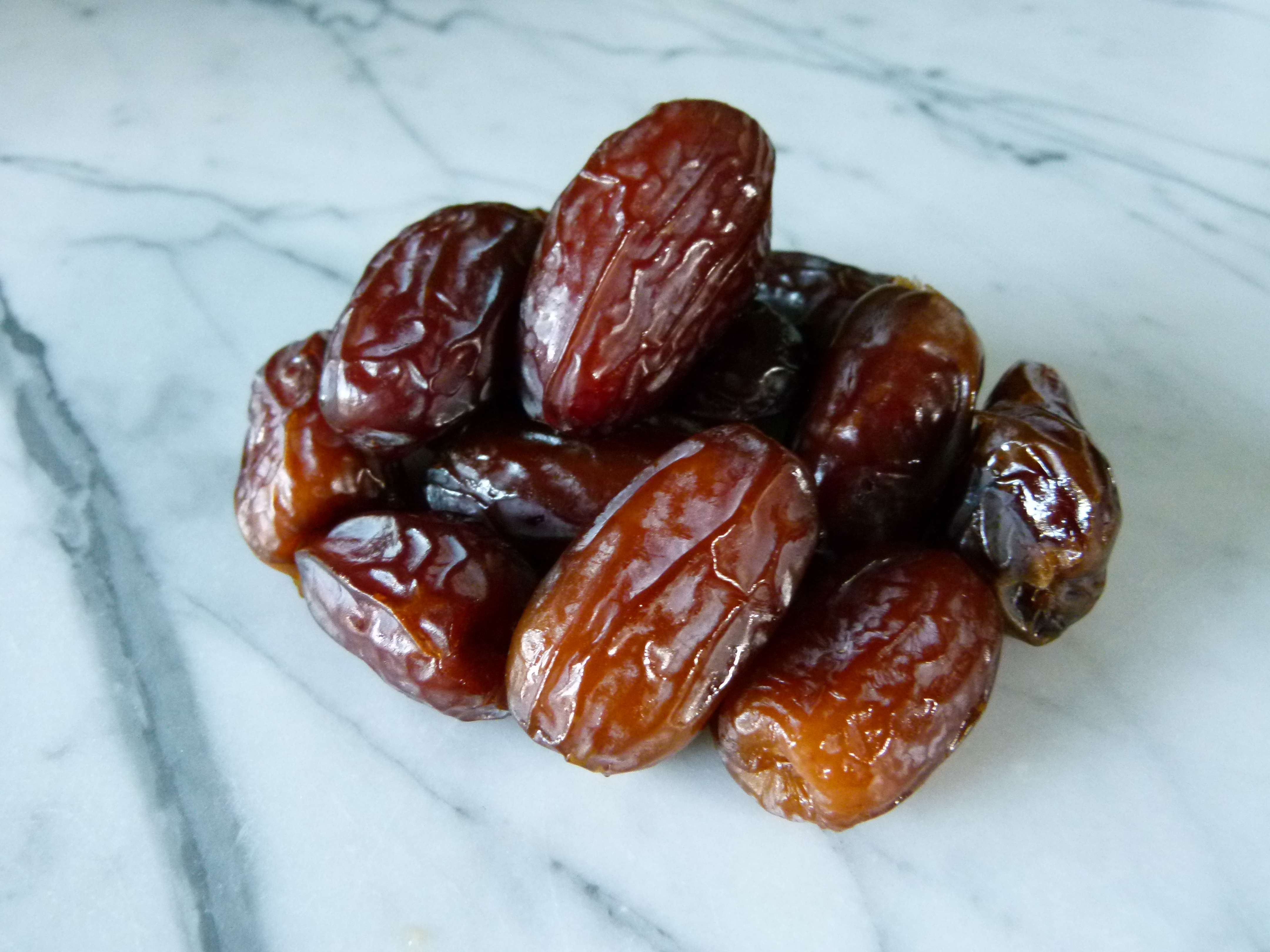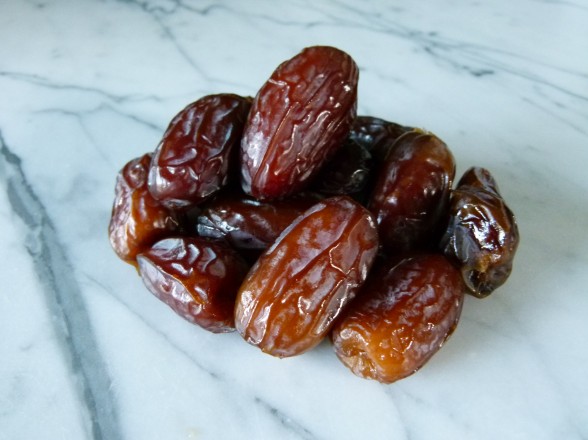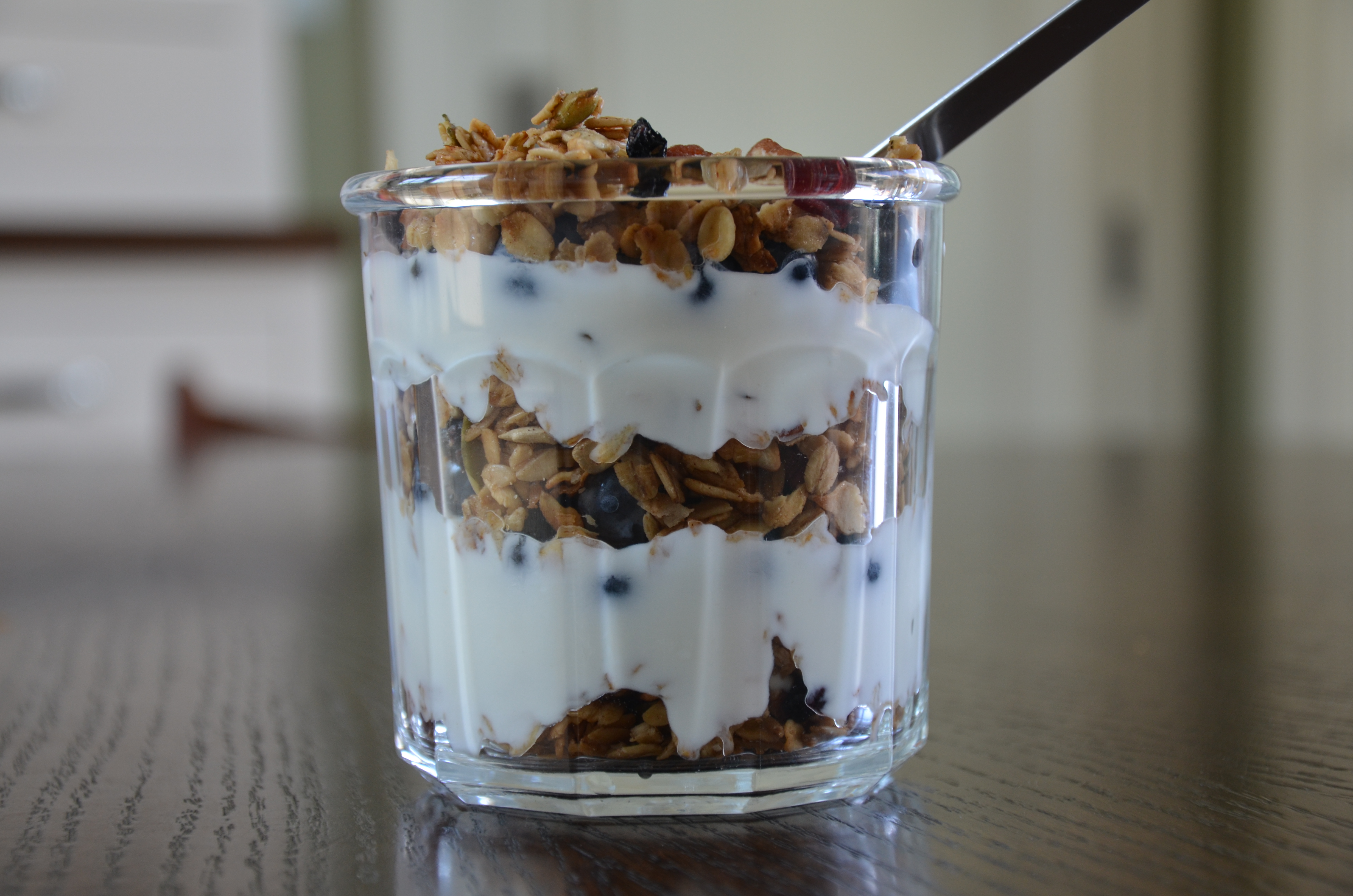Year of the Dragon
Chinese New Year is this Monday, January 23rd. Although the latest passing food and health fads don’t hold my interest all that much, traditional cultures that have been around for thousands of years fascinate me. To better understand the symbolism behind Chinese New Year and this year’s animal, the dragon, I turned to my cousin, Marie Amato, a board certified (and very gifted) acupuncturist and student of Traditional Chinese Medicine. Sounds like it’s going to be a very interesting year! In my next post, I’ll share one of my family’s favorite Chinese dishes that you can make at home — Stir-fried (Grass-fed) Beef with Broccoli. Gong Hay Fat Choy!
Marie:
New Year’s resolution didn’t stick? Oh, your resolution starts on the Chinese New Year? Mine too. It’s actually a great year in which to make some lasting changes in life. This year the Chinese New Year falls on January 23, ushering in the powerful year of the Dragon.
You may be wondering what exactly this means and how should we celebrate the arrival of a Dragon year? Well, Chinese astrology is a complex system based on ancient Chinese cosmology and the Five Elements theory. It truly is a science in itself, but let’s talk about what the Dragon year means so you have a little something to chat about at your Chinese New Year cocktail party…. or at the playground, whatever the more likely scenario.
The Dragon is the 5th animal of 12 in the Chinese zodiac. The Chinese animal symbols are: Rat, Ox, Tiger, Rabbit, Dragon, Snake, Horse, Goat, Monkey, Rooster, Dog and Pig. This animal sequence recurs faithfully every 12 years. Why 12 you ask? Chinese shamanistic tradition uses an ancient concept of 12 energetic patterns of all natural cycles. In ancient times, people lived closer to the cycles of nature (sunrise, go to work; sunset, time to rest) and through their observation of nature, the ancient Chinese understood that each natural cycle has 12 different stages with varying energies. The animals chosen to represent each annual cycle illustrate the balance of yin and yang energy of that year.
This concept of “living closer to nature” is an integral part of Traditional Chinese Medicine (TCM). Emphasis is placed on living in harmony with the season, eating dishes appropriate to the climate (no, no ice cream in the cold winter months) working and resting in accordance with the season and dressing appropriately to be protected from the weather. As a TCM practitioner, I teach my patients how internal disharmonies can arise from failure to conform to the season. Sure, eating salad is healthy but it’s so much more appropriate to eat soup in the winter time when our bodies have less of that warm, activating, yang qi to digest a cold, raw meal. Many find that energy levels dip after eating foods that simply cannot be digested as easily in the winter as in the hot summer months. These minor changes in diet and lifestyle can make a big difference in overall wellbeing.
In accordance to living closer to nature, it’s important to be mindful of not just the season but we must also pay attention to the energy of the year. The year of the Dragon is a bombastic and festive year. The dragon is the only mystical and legendary animal of the Chinese zodiac. It is the ultimate symbol of success and happiness. The Dragon stands for transformation, connection, communication, and freedom. In fact, it symbolizes a year of transformation. This transformation is very representative of yang qi, or life energy, growing stronger than the previous year. It is a time and place of power and great strength.
When powerful qi, or energy, is circulating in the body, it is possible to feel a great transformation happening within. Energetically, this is the time to change! It is a good time to cultivate your inner qi by doing exercises like qi gong, tai chi, or meditation. At this time, you should give yourself nourishment to get ready for the next stage in life. Nourishment certainly in the form of eating healthy, non-processed, seasonal food but nourishment also in the form of managing stress and resolving personal conflict. The energetic situation of this year is at your advantage to alter old patterns, so get serious about eating well, getting regular exercise, proper rest and taking better care of yourself.
It is truly a great time to take control of your health. See your acupuncturist for a treatment to help restore any imbalances or address nagging health problems. Transform! I want to encourage you to live closer to nature and utilize the energy of this powerful Dragon year to take charge of your wellbeing and have a healthy and happy New Year!
Marie Amato is a licensed acupuncturist and National Board Certified Chinese herbalist. She is the founder of Westchester Acupuncture in New York with office locations in Hartsdale and Manhattan. Marie is a general practitioner with special focus on women’s health, fertility, pregnancy and pediatrics.







